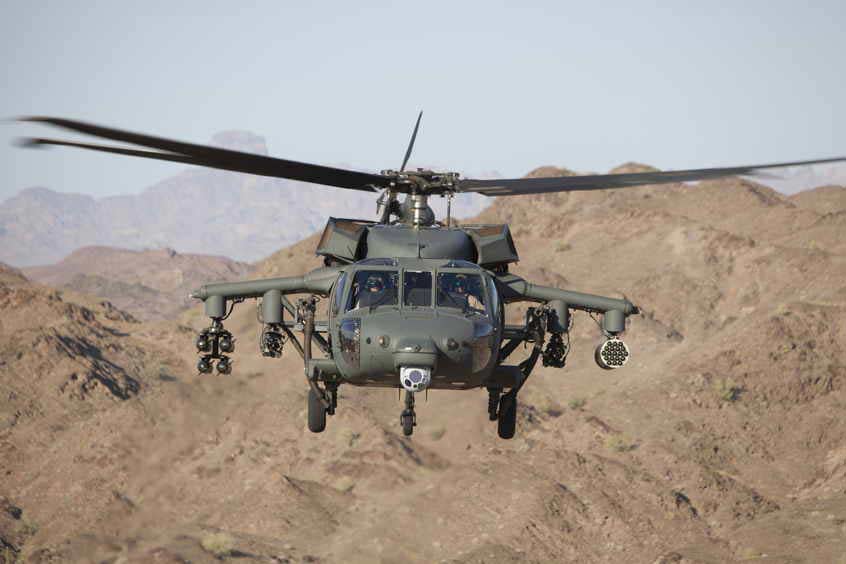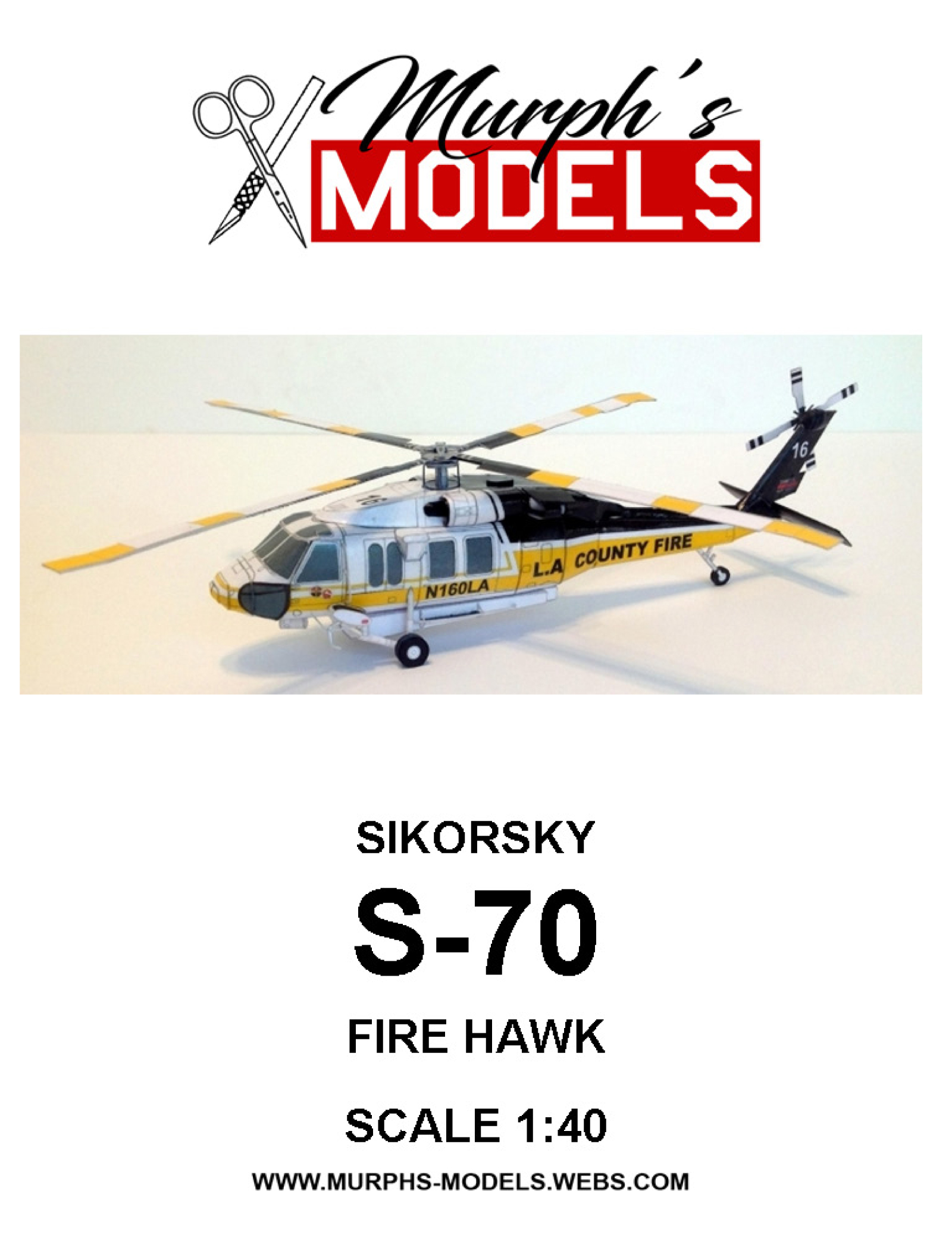Why the Sikorsky S 70 is the Preferred Selection for Modern Helicopter Missions
Rotary-Wing Airplane Offering Superior Resilience and Precision Engineering
In the realm of air travel, rotary-wing aircraft have long been recognized for their distinct capabilities in numerous functional atmospheres. From army missions to civilian applications, the development of rotary-wing technology has paved the means for makers that use unequaled resilience and precision engineering. With improvements in materials and building and construction strategies, paired with innovative trip control systems, these airplanes have come to be essential tools for jobs that demand both effectiveness and accuracy. As we discover the intricate equilibrium between advancement and integrity in rotary-wing airplane, it comes to be apparent that the merging of sophisticated technology and tried and tested design concepts has set a new requirement for performance and effectiveness in the aerospace sector.
Development of Rotary-Wing Technology
Throughout the history of aviation, the evolution of rotary-wing innovation has actually been a testament to continual advancement and development in aeronautical engineering. From the early days of vertical trip with rudimentary layouts to the sophisticated helicopters and other rotary-wing airplane of today, the development in this area has been impressive.
In the early 1900s, leaders like Igor Sikorsky and Juan de la Cierva made significant strides in rotary-wing technology. Sikorsky's VS-300 helicopter, initial flown in 1939, marked a turning point in the growth of functional rotary-wing airplane. This success paved the means for more improvements in upright flight capacities.

Today, rotary-wing aircraft play critical roles in different fields, including armed forces operations, emergency situation clinical solutions, police, and business transportation. The evolution of rotary-wing innovation remains to push the boundaries of what is possible in upright trip, guaranteeing that these aircraft remain vital assets in the aviation market.
Products and Building And Construction Innovations
Demonstrating a fusion of innovative materials and precise building and construction techniques, rotary-wing aircraft have actually undergone substantial advancements in resilience and performance. One of the vital advancements in products used for rotary-wing airplane is the enhancing usage of composite materials. These products, such as carbon fiber enhanced polymers, supply a high strength-to-weight proportion, improving both the architectural stability and total performance of the airplane. Additionally, advancements in producing procedures have actually permitted even more specific and complex building and construction of rotary-wing elements, contributing to enhanced aerodynamics and performance.
Moreover, the integration of sophisticated coverings and surface treatments has played a vital role in improving the durability of rotary-wing aircraft. These layers supply defense against rust, abrasion, and severe weather condition problems, extending the life expectancy of the airplane and minimizing upkeep needs.
In regards to building technologies, additive production, additionally called 3D printing, has actually changed the manufacturing of complicated parts for rotary-wing airplane. This innovation permits quick prototyping and customization, bring about much faster advancement cycles and minimized expenses. Overall, the constant evolution of products and building and construction techniques is driving the capacities and efficiency of rotary-wing aircraft to new heights.
Precision Trip Control Equipment

The integration of GPS innovation further boosts the precision and integrity of these systems, permitting specific navigation, waypoint monitoring, and automated flight control. sikorsky s 70. This degree of accuracy not just improves the safety of rotary-wing procedures however likewise boosts overall functional efficiency and mission effectiveness
Additionally, the continual improvements in synthetic knowledge and artificial intelligence have actually facilitated the development of independent flight abilities within Accuracy Trip Control Equipment. This makes it possible for rotary-wing aircraft to execute intricate missions with unparalleled accuracy and uniformity, making them crucial assets in a broad Read Full Article variety of applications, including army procedures, search and rescue missions, and aerial digital photography.
Sturdiness in Challenging Environments
Popular functional setups, rotary-wing airplane show exceptional durability and effectiveness, making sure ideal performance under difficult ecological problems. These airplanes are created to endure a variety of ecological factors, consisting of severe temperatures, high winds, and rough surface, making them fit for various objectives in diverse landscapes.
One vital element adding to the durability of rotary-wing airplane is their sturdy building. These aircraft are built making use of premium materials and progressed sikorsky s 70 design methods to enhance their architectural stability and dependability. Furthermore, components such as rotor blades, engine systems, and touchdown gear are diligently made to endure the stress and anxieties and strains run into during procedures in difficult atmospheres.
In addition, rotary-wing aircraft are geared up with advanced onboard systems that monitor efficiency metrics in real-time, enabling for aggressive upkeep and very early detection of prospective problems - sikorsky s 70. This positive method aids protect against unexpected failures and guarantees the ongoing airworthiness of the airplane sought after functional setups. In general, the sturdiness of rotary-wing aircraft in challenging environments is a testament to their premium engineering and layout, making them indispensable properties for various mission-critical operations
Upkeep and Reliability Criteria
The adherence to stringent upkeep and dependability standards is vital in ensuring the optimal performance and safety and security of rotary-wing airplane. Regular maintenance checks, carried out by certified technicians, are necessary to identify and deal with any kind of prospective concerns before they endanger the aircraft's performance. These checks include a thorough evaluation of all critical elements, including the engine, rotor system, avionics, and hydraulic systems, to ensure that they are in prime working problem.
Moreover, adherence to set up maintenance periods according to supplier standards is essential for upholding the airplane's dependability. This proactive technique aids prevent unanticipated break downs and makes certain that the aircraft continues to be airworthy for its designated goals. In addition, the application of robust integrity criteria, such as routine part screening and substitute based upon fixed lifecycles, even look these up more boosts the airplane's dependability.
Verdict

Finally, the innovations in rotary-wing airplane innovation have actually caused superior toughness and precision design. With cutting-edge products and building and construction methods, in addition to precision trip control systems, these airplane can operate in challenging environments with raised integrity. The maintenance and reliability criteria make certain that these rotary-wing airplane remain to perform at their finest, making them necessary assets for numerous markets.
Showing a fusion of advanced materials and exact building techniques, rotary-wing airplane have undergone substantial innovations in sturdiness and efficiency. One of the vital innovations in materials utilized for rotary-wing airplane is the increasing utilization of composite products.With precise attention to information and progressed technological assimilation, rotary-wing aircraft have actually embraced Accuracy Flight Control Solution as a foundation of their operational excellence. Generally, the toughness of rotary-wing aircraft in difficult atmospheres is a testimony to their premium design and layout, making them indispensable assets for numerous mission-critical procedures.
In conclusion, the advancements in rotary-wing aircraft innovation have actually led to premium longevity and precision design.